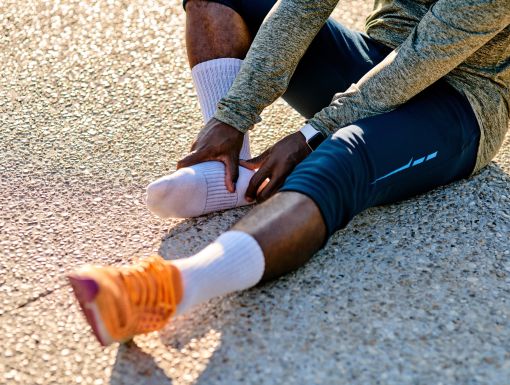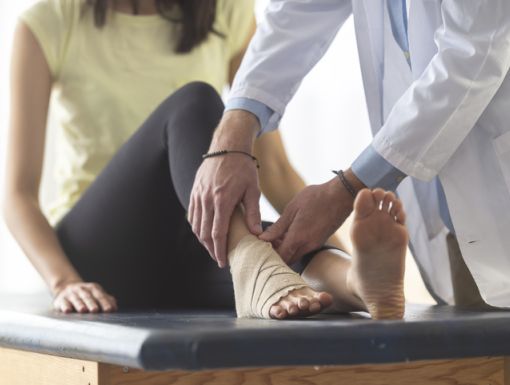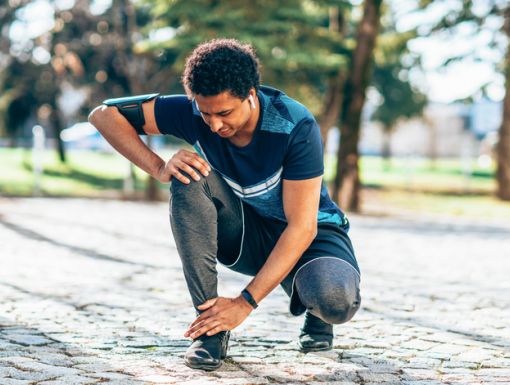
Should I Be Wearing Orthopedic Shoes?
When people hear “orthopedic shoes,” they often automatically think of unstylish shoes they have seen an older relative wear. However, the term “orthopedic shoes” really encompasses a wide range of footwear from over the counter to custom and from sneaker to dress shoe, all of which are designed to help people who have various foot conditions.
Fortunately, orthopedic shoes have evolved from the clunky, black leather of years past into relatively stylish options available for people of all ages and fashion tastes.
What Are Orthopedic Shoes?
In the broadest sense, an orthopedic shoe is any shoe designed to help support a foot that has altered mechanics, decreased sensation, or deformity. These shoes often come in more sizes (especially width) than standard shoes and can be modified to a patient’s specific needs. The person who makes these modifications is called a pedorthotist. They are specialists who not only modify shoes but make inserts and braces for those who need them. The more abnormal the foot mechanics or the more severe the deformity, the more likely a patient will require orthopedic shoes with modifications.
However, not every orthopedic shoe is custom made. Many people just need a shoe to address their unique foot shape or size. Shoes are very personal, and I often encourage my patients to try several. Try them on at home for several days before committing to them. Just because you hear someone raving about a shoe doesn’t mean it’s the right type for foot shape. Any new shoe should also be introduced slowly to avoid injury or irritation.
Who Needs Them?
Our feet are the foundation of our body, like a house has a foundation. We all can relate to how uneven or altered foundations affect buildings and streets. It is no different for the human body. This poor body foundation can cause pain or effect the way we walk. Orthopedic shoes help to neutralize those affects and can provide comfort and support for people with an array of lower leg and foot issues. Some of those include:
- Swollen Feet, or lymphedema
- Plantar Fasciitis, heel pain and heel spurs
- Flat and high arched feet
- Bunions and hammertoes
- Diabetes, diabetic ulcers, and Charcot disease
- Arthritis
Orthopedic shoes are also important for people who wear custom braces that require a wider or different size show on one foot.
How They Work
Orthopedic shoes help align a patient’s feet and off-load areas of increased stress (like a collapsed arch, an arthritic joint, or a diabetic ulcer or callus). The foot is like a tripod, and all three points need to rest evenly on the ground for there to be balance and alignment. The combination of orthopedic shoes and sometimes orthopedic insoles (orthotics) can help restore that balance and reduce pressure on an area by transferring the weight more evenly across the foot. This typically unloads or relieves pain in affected areas.
The Centers For Disease Control says most adults aim to take 10,000 steps a day to promote good health. That can add up to a lot of pain for people with foot and ankle issues. Painful feet can make achieving even simple daily tasks - much less 10,000 steps - very challenging. Orthopedic shoes might be a logical solution. They can improve mobility can lead to a far better quality of life for people who live with foot pain.
It is important that people who experience foot problems be directed by an orthopedist, primary doctor or podiatrist to a pedorthotist or to someone who can help them find the right kind of shoes. Not every patient needs custom shoes and inserts or a pedorthotist to fit them. However, it is important patients know what to look for if they chose to shop online, especially now that so many more stylish orthopedic shoe options exist.
If you think you might benefit from such shoes, discuss this with your provider at your next visit.
To learn more about ankle and foot care, please visit: https://www.ochsner.org/servic...



